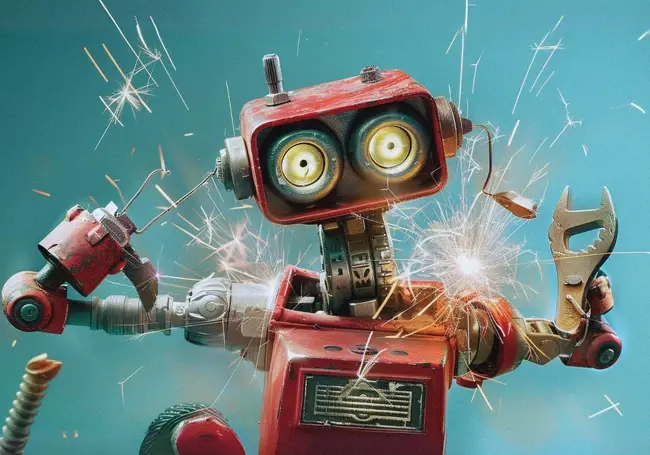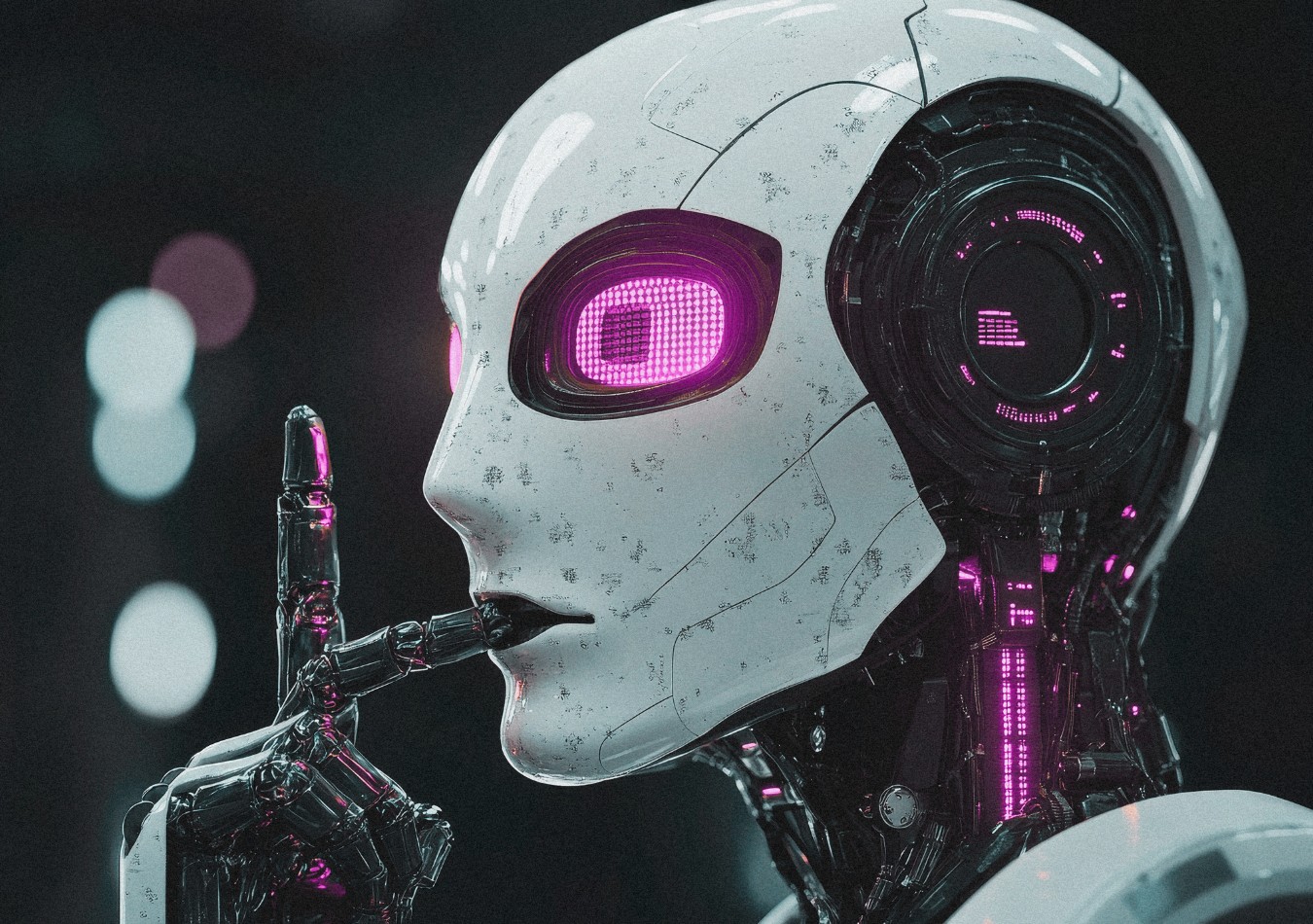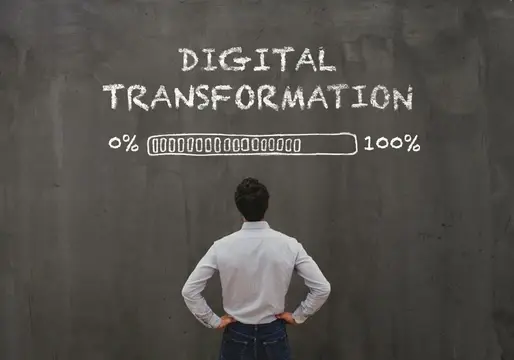Since the launch of the internet, nothing has changed faster than technology. In just a few decades, we've witnessed a rapid transformation in how we live, communicate, work, and even think.
You only have to look at the recent launch of AI to understand this. Before the launch of ChatGPT in 2022, it was considered by many outside of the tech space as belonging to the realm of science fiction rather than as a tool of today.
Now everything is ‘powered by AI’ – and it seems like every tech company and its dog is investing in new AI initiatives and developing their large language models (LLMs) and ML-powered technologies.
It’s not the first time such a technological shift has revolutionised the industry either. Before everyone was talking about AI, they were talking about the Metaverse, and before that, it was cloud computing, smartphones, the internet, etcetera etcetera.
With technology moving so quickly, some of the advances and innovations in the industry can seem unbelievable. But you’d be surprised at some of the bizarre stories that have led us to the technologies we use today.

Unbelievable tech Facts

From mind-boggling inventions to internet oddities, the tech world is full of surprising facts that will make you laugh, scratch your head, and perhaps even question if it’s even real.
In this top 10, we're counting down ten surprising technology facts that sound fake but are actually real. These tech facts will leave you shocked!








Comments ( 0 )